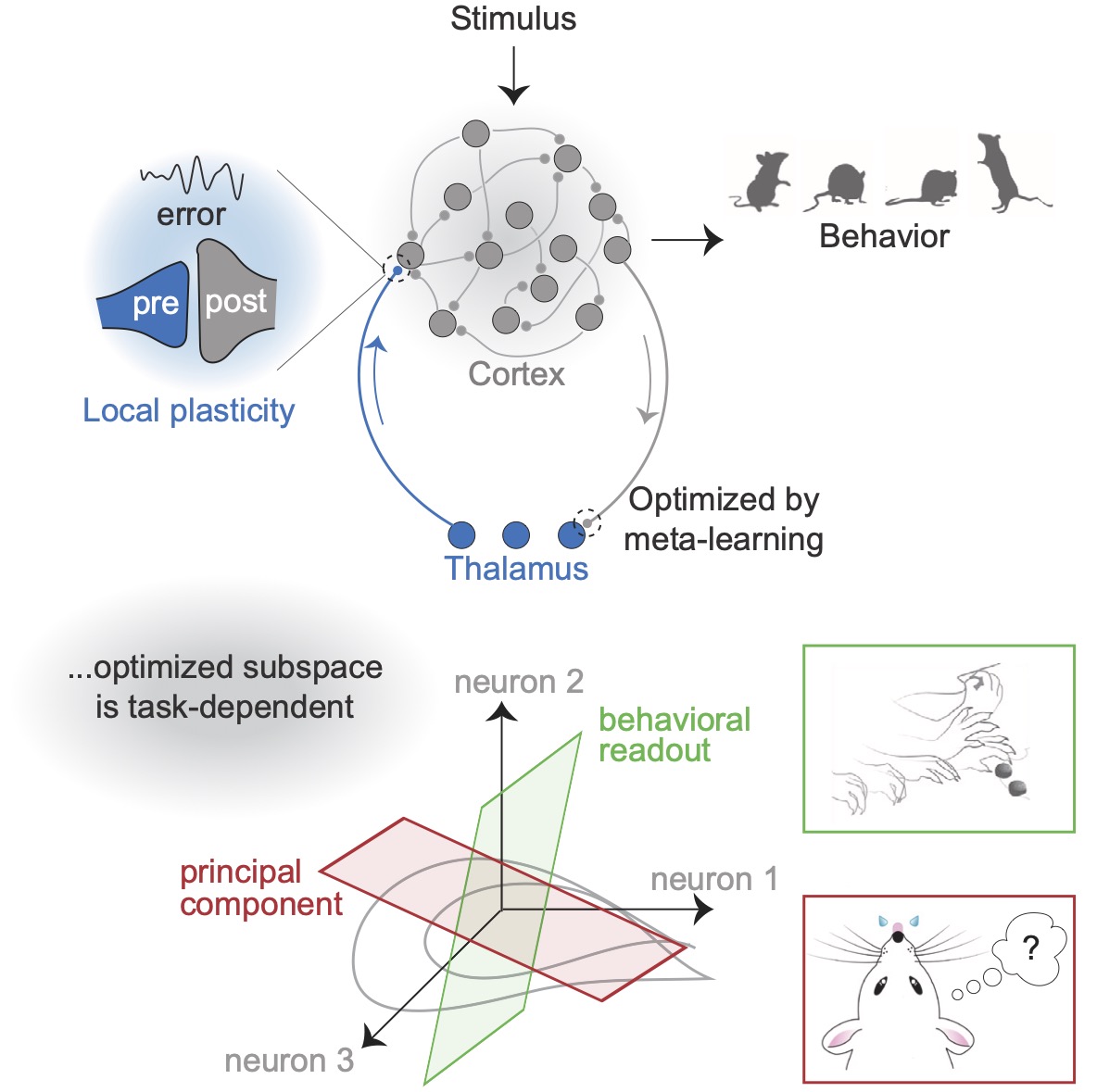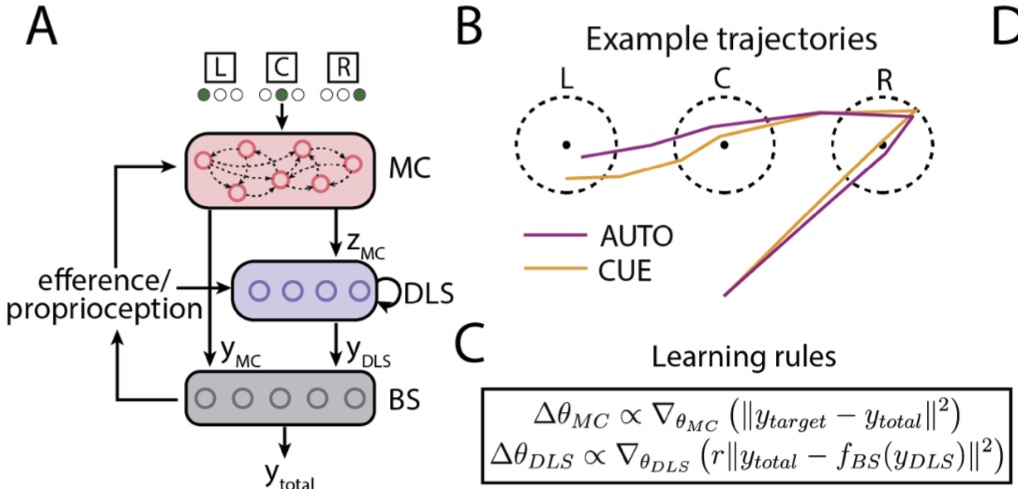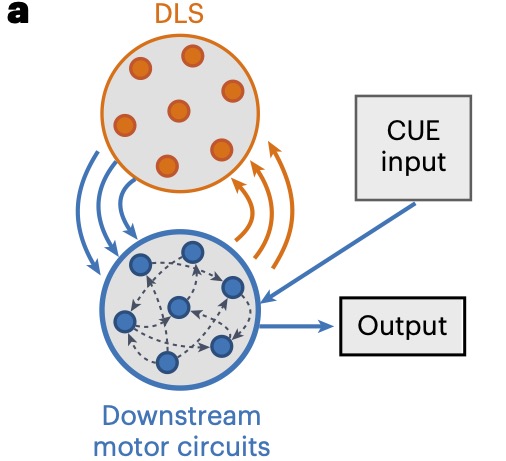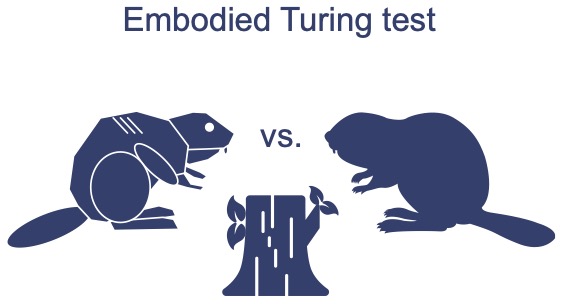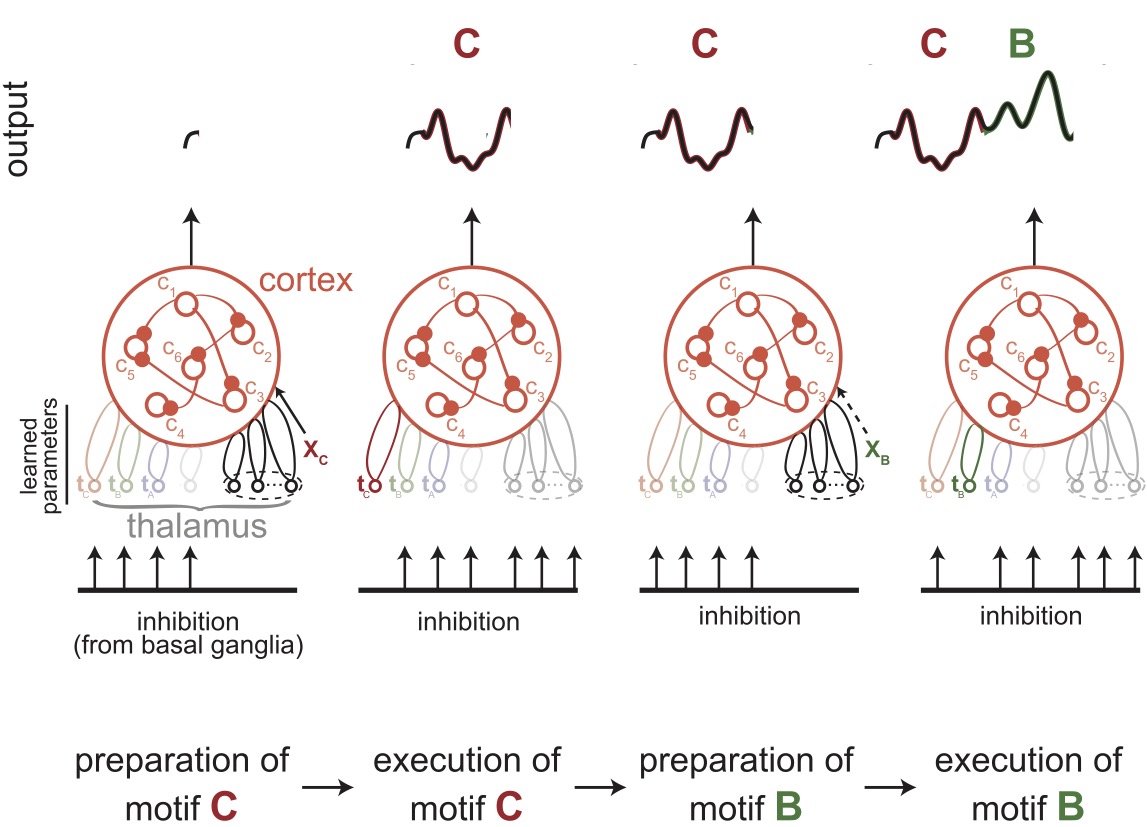Sean Escola

I am interested in computational neuroscience, AI, psychiatry, and entrepreneurship.
I am an assistant professor of psychiatry at Columbia University who studies how natural intelligence can inform artificial intelligence, specifically by examining the neural circuit computations that underlie motor control and learning. I also study neural network theory and the circuit mechanisms underlying psychopathology.
I have co-founded two companies and one non-profit:
- Fauna Robotics is an embodied AI company that builds highly agile, dexterous, natural language-capable consumer-facing companion robots. I helped raise Fauna’s seed financing in January 2024 and set vision for the company.
- Herophilus is a biotechnology company that combined patient-derived stem cell cultures (“organoids”) with advanced neuroassays and machine learning for drug discovery. As founding CEO in 2017–2020, I raised $30M in venture financing and hired a team of >40 scientists. Herophilus’s technology was sold to Genentech in 2023.
- Neuromatch is a worldwide 501(c)3 non-profit that is democratizing science by providing high quality education, targeted interactions, career support, and open publishing with zero financial barrier to entry for all. I raised $2M in philanthropy for initial operating capital in 2020–2021 and I served on the Board of Directors (2020–2024).
I am a clinical psychiatrist and I see adult patients for medication management and psychodynamic psychotherapy.
latest posts
| May 16, 2024 | Proposal for a NeuroAI FRO |
|---|
